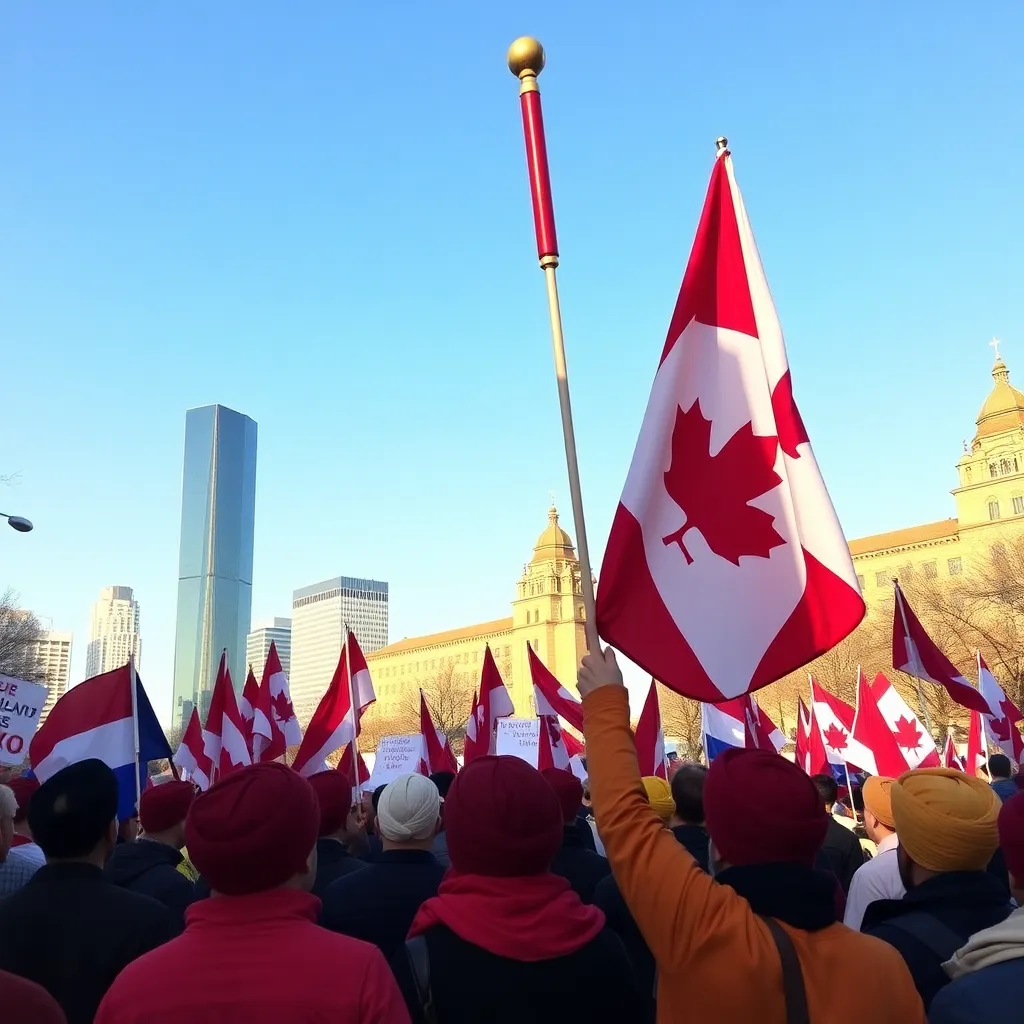
05-Nov-2024 , Updated on 11/5/2024 9:34:00 PM
Why Canada is a safe place for terrorists?
Looking at Canada, people tend to imagine a calm country that consists of beautiful territories, a welcoming population, and a fairly well-developed lifestyle. However, beneath this peaceful exterior lies a troubling reality: Alas, today Canada offers certain ideologies favourable to terrorism and radicalism as a haven. It is further the intention of this blog to discuss why common perceptions depict Canada as a haven for terrorists, with a focus on the phenomenon of emerging Khalistani terrorism, as well as the potential repercussions of this subject.
As the recent news shows how on the occasion of the Hindu festival- Diwali, The Khalistan Movement has been blamed for the incident, which has been linked to numerous similar attacks in Canada and beyond. This situation raises crucial questions: What is the Khalistan Movement, and who are its supporters? Following an attack by Khalistani extremists on a Hindu temple in Canada, more than a thousand members of the Canadian Hindu community gathered in Brampton on Tuesday to express their concerns about the increasing violence of Hindus in the nation.
A welcoming environment
Canada is a country that is diverse and racially comprised of immigrants from all over the globe.
For example, although with the various intentions of establishing a separate state for the Sikh community in India, Canada provides a strong support base. Groups of Khalistani activists have mostly moved to cities like Vancouver, California, and Toronto where they could speak their minds without being arrested. This has occasioned the organisation of rallies, fund-raising, and even acts of violence, which have raised eyebrows both among Canadians and the Government of India.
In light of these narratives, this paper's title is The Rise of Khalistani Extremism.
The threat of Khalistani movement activity has rapidly grown in the past years, especially in countries like Canada. Accounts of physical assaults of Indian envoys and abusive acts such as the destruction of Hindu residences of worship have increased with time.
While there are other groups of similar nature in other countries, for instance, the Taliban in India, and mainly driven by religious fanaticism, the Khalistan movement posed itself as a politically minded organisation. This distinction makes it difficult for law enforcement to tackle the problem suitably. The Canadian government has, however, been accused of being very slow in handling these threats, and this gives the impression to the outside world that the country will embrace anyone who wishes to foment violence in the name of a given political system.
It is sometimes absurd where outspokenness and racism end and where the promotion of violence begins; thus, it is hard for authorities to act.
Most of the Khalistani activists in Canada get financial and moral assistance from their fellow citizens from outside this country, most likely Pakistan, thereby supporting their operations. In addition to tangible resources, it creates what they need—the appearance of legitimacy for their actions, which makes the chances of the Canadian government’s interference lower.
Conclusion: A Call for Action
These results suggest that extremism is on the rise in Canada and is a multifaceted problem that demands attention. As much as the country supports multiculturalism in addition to freedom of expression, it ought to guard against extremism beneath the guise of the two principles.
The safety and security of all Canadians rest on it.
In a world where terrorism knows no borders, Hindus must work together to fight extremism in all its forms. Canada must not only be a land of opportunity but also a land of safety for everyone.

Student
hey there! i am a student currently pursuing my bachelors with a keen interest in writing., I am fueled by a deep love for storytelling and a flair for creating captivating narratives. Armed with a passion for language and a keen eye for detail, I strive to craft compelling copy that leaves a lasting impact.
Join Our Newsletter
Subscribe to our newsletter to receive emails about new views posts, releases and updates.
Copyright 2010 - 2025 MindStick Software Pvt. Ltd. All Rights Reserved Privacy Policy | Terms & Conditions | Cookie Policy